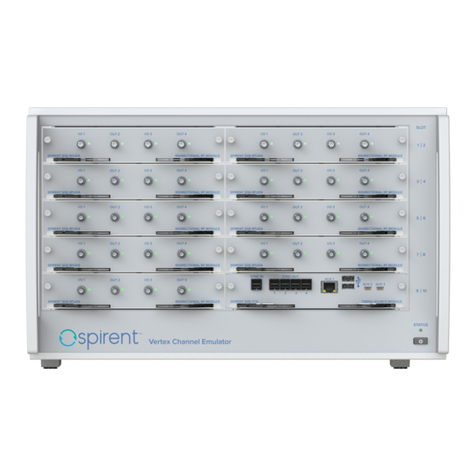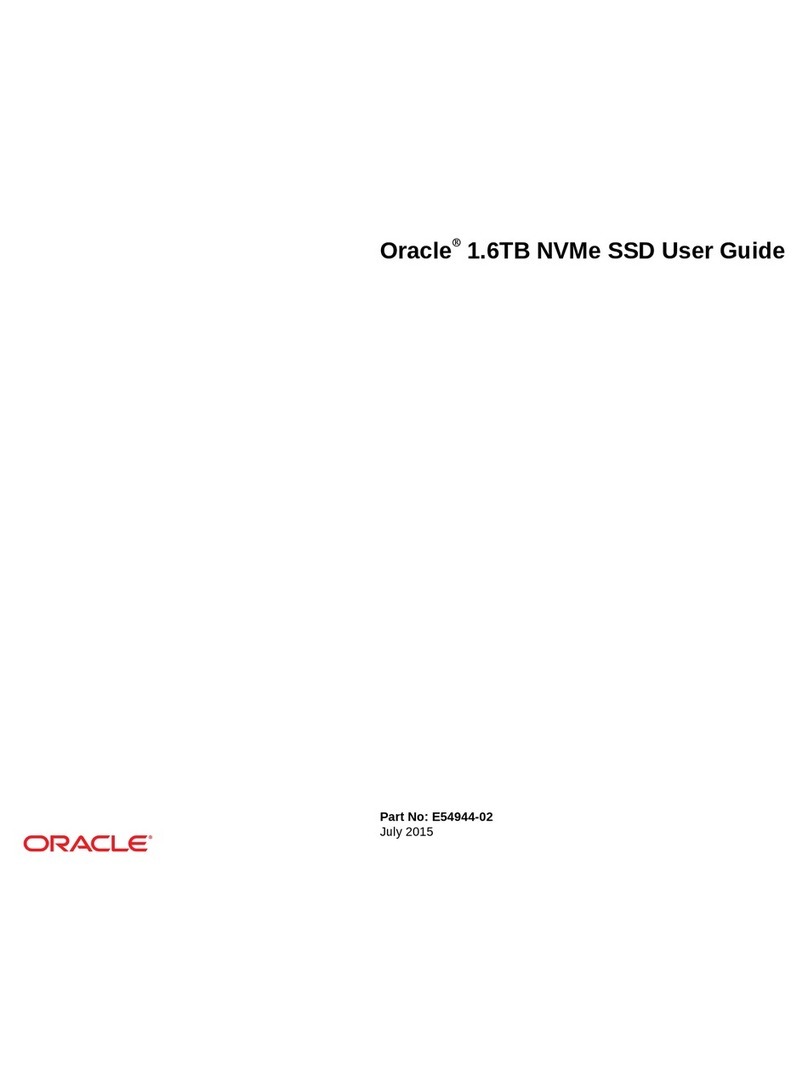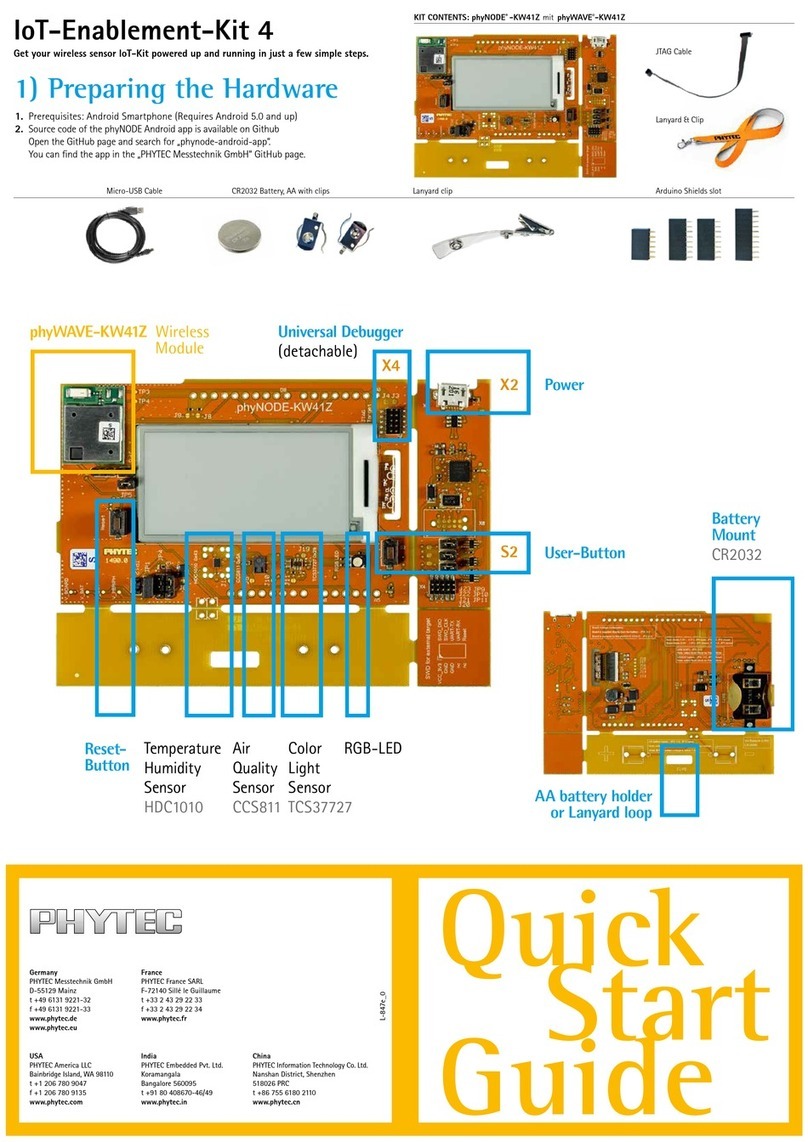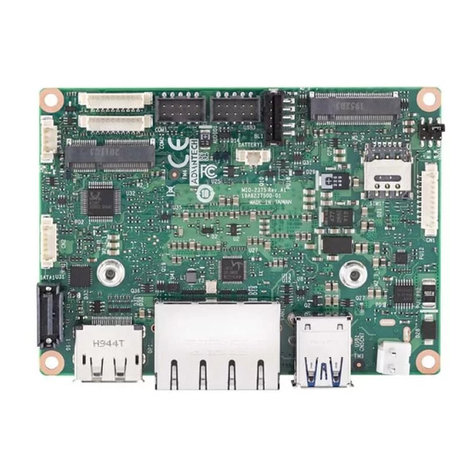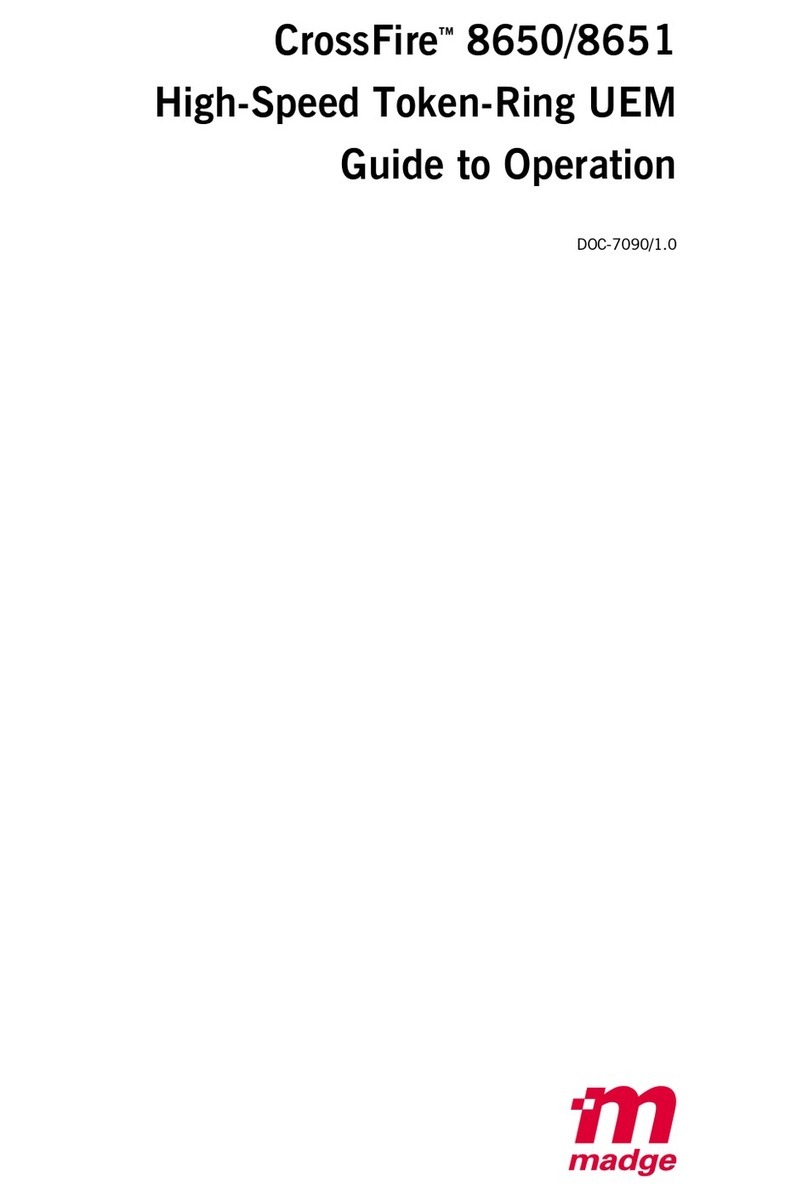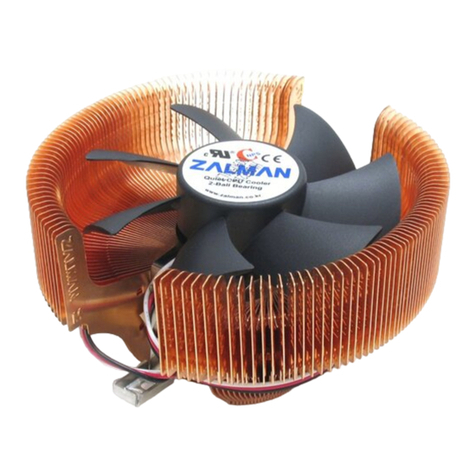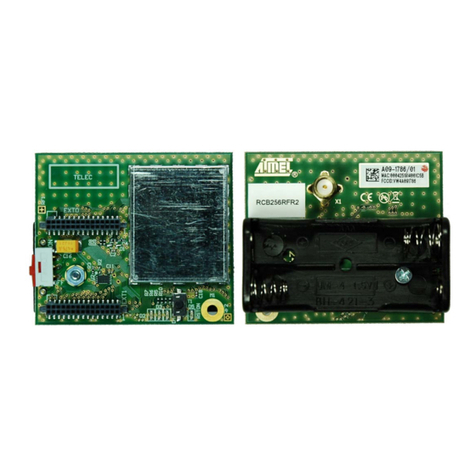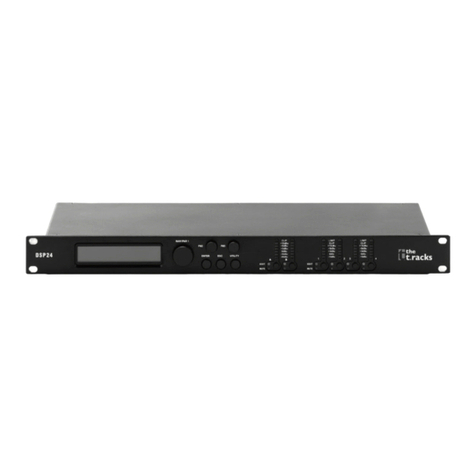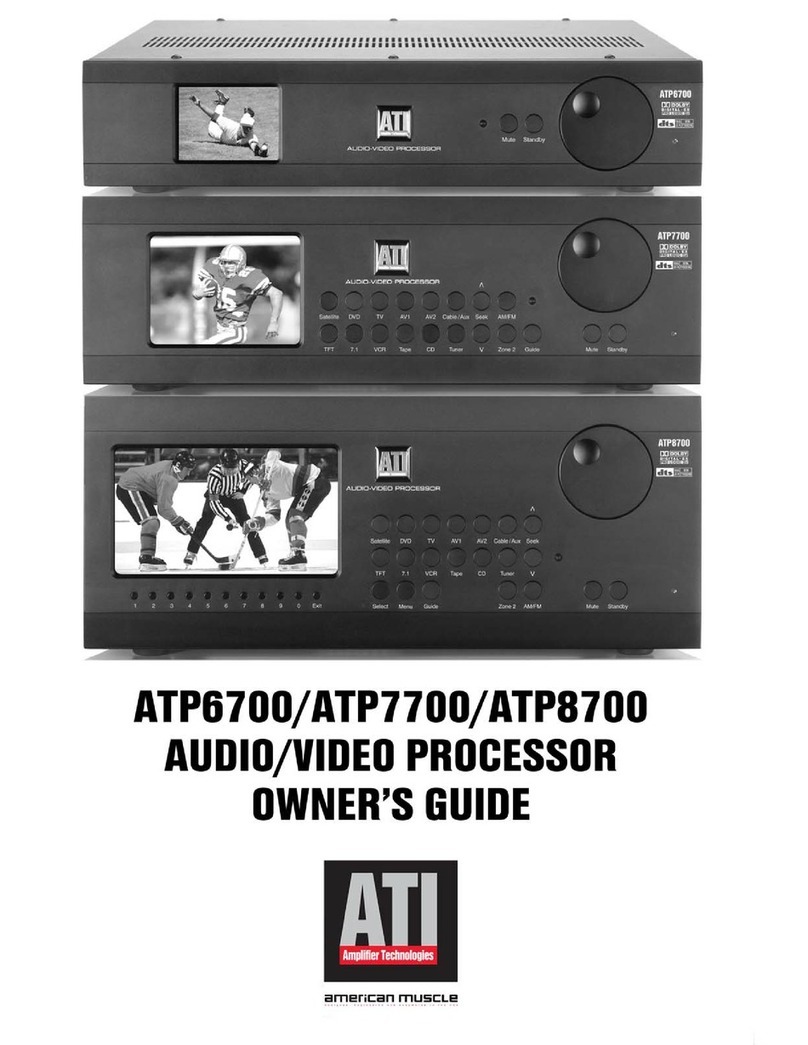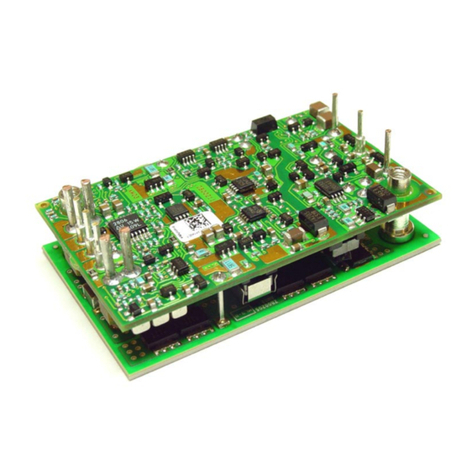sparkfun FTDI SmartBasic Technical document

FTDI SmartBasic Hookup Guide
Introduction
The FTDI SmartBasic is a variation on our classic FTDI Basic which allows
you to connect a second device to the hardware serial port on an Arduino
Pro, Pro Mini, or other USB-less board without compromising the ability to
bootload code from the Arduino IDE.
Normally, to use a device which requires a serial port resource on an
Arduino board, one must either use a software serial port or plug and
unplug the device during programming. The SmartBasic board adds a
multiplexer to the serial port pins coming from the Arduino, which allows the
application code to switch the serial signals from the USB port to another
device. No special code is required to enable programming, either!
Suggested Reading
Before we get started, you might want to review these other tutorials:
• Logic levels- Setting the jumper on the FTDI SmartBasic to the wrong
voltage level may cause damage to one or more of the boards
hooked up to it.
• Serial communications - The FTDI SmartBasic is a device for
multiplexing serial signals; learn a bit more about serial data and how
it works with this tutorial.
• Installing FTDI Drivers
Hardware Tour
Page 1 of 5

The FTDI SmartBasic hardware is pretty simple. It routes the serial signals
from an Arduino Pro, Pro Mini, Fio, or LilyPad board (along with any other
board which uses the standard FTDI header footprint) either to the
programming PC via a USB-to-serial bridge or to any other device with the
FTDI Basic-type header. It uses the venerable FT232RL chip used on the
original FTDI Basic boards and the TS3USB221A signal multiplexer from TI
to make connecting to multiple serial devices easy.
The Board
The actual board design is fairly compact. We’ve left the headers off, so
you can choose the header most appropriate for your application.
The header labeled “CLIENT” is basically the same as the output header on
a standard FTDI Basic board. If you connect that header to the Arduino as
you would with a normal Basic, you can program the Arduino exactly as you
would normally, and never notice a difference.
The benefit comes in with the “HOST” header. That header can be
connected to any host-type device (such as another FTDI board, or any of
our Bluetooth Mate type boards). You can then wire the !OE and SEL lines
to pins on the Arduino to enable the application code to route serial data
from the hardware port to either the USB serial bridge or the device
connected to the HOST header.
Because of the pull-down resistor on the SEL line, if that pin is left floating,
the default destination for the traffic is the USB serial bridge. When in
bootloader mode, all non-serial pins will be high impedance inputs, so after
the Arduino IDE resets the Arduino board the bootloader and the PC will be
able to communicate until the application loaded changes the level of that
pin.
The AUX/!USB LED will be lit when the HOST port is selected and off when
the data is being routed to the USB serial bridge. There is a solder jumper
which can be adjusted to change the voltage on the VCC pins on the two
headers (and the IO voltage on the FT232RL chip) from 3.3V to 5V; if that
jumper is cleared completely, a supply on one of the two serial headers can
be used to power both devices and the VDDIO, should you need a voltage
other than 5V or 3.3V.
Connecting the SmartBasic
One of the common problems encountered when developing with a serial-
connected Bluetooth dongle is the inadequacy of the Arduino
SoftwareSerial library. Transmissions with software serial are resource
intensive, blocking the processor for the duration of the transmission. Long
receives easily overrun the buffer, and can throw off the internal clocks
used for millis() and micros().
Obviously, it’s desirable to use the hardware serial port, if possible, as it
bypasses most of these issues. However, connecting anything other than
an FTDI-type serial port to the hardware serial port header prevents it being
Page 2 of 5

used for loading code unless the other device is removed. Here’s a diagram
showing how to connect the FTDI SmartBasic in a way that removes that
problem.
You can see that the connections from the Bluetooth Mate and the Arduino
Pro Mini are straight-through; no need to cross wires, so you can plug them
right in. Also note the connection of digital I/O pin 2 to the SEL line on the
FTDI basic. This is what allows the multiplexing of the serial data: when the
board is in bootloader mode, that pin will be a digital input and the SEL line
will be pulled low by a pull down resistor on the SmartBasic. That will route
the data to the FTDI chip to be sent to the PC, and data from the FTDI chip
will be routed to the Pro Mini board, and bootloading of a sketch can occur
normally.
Note, as well, that the CTS and DTR pins between the SmartBasic and the
Bluetooth Mate are not connected. Since the multiplexer on the SmartBasic
only has two channels, only the data channels can be swapped. That’s
important, though, because DTR is needed to reset the Arduino at bootload
time. If it were being re-routed, that would defeat the purpose of this board.
After the application sketch has loaded, the user can switch between the
two data endpoints (the PC and the Bluetooth Mate) by asserting pin 2 high
(for the Bluetooth Mate) or low (for the PC). Here’s a simple Arduino sketch
showing that in action.
Page 3 of 5

#defineSEL2//WhentheSELpinisheldlow,thedatawill
be
//routedtothePCviatheUSBserialbridge.
//Thatportisalsotheportusedforprogram
ming
//bytheArduinoIDE.Wheninbootloadingmod
e,a
//pulldownresistorontheSmartBasiccause
sit
//toremaininprogrammingmode.
#defineARDUINO_IDELOW//Constantstomakeourroutingch
ange
#defineAUX_TERMINALHIGH//moreobvious.WhentheSELpin
is
//LOW,dataisroutedtothe
//programmingport.
voidsetup()
{
Serial.begin(115200);//Setupthehardwareserialport.
pinMode(SEL,OUTPUT);//Maketheselectlineanoutpu
t...
digitalWrite(SEL,ARDUINO_IDE);//...andconnecttheboard
to
//theArduinoIDE'sterminal.
}
voidloop()
{
//Theloopjustsays"Hello"tothetwoterminals,overand
//over,forever.Notetheuseofthe"flush()"function.I
f
//omitted,theArduinowillreroutetheserialdatabefor
e
//thetransmissionhasbeencompleted;flush()causesthe
//Arduinotoblockuntiltheserialdataoutputbufferis
//empty.Failuretouseflush()willresultindatabeing
//senttothewrongdevice,ortomultiplexerchangesduri
ng
//transmissionwhichmaycauseframingerrorsordata
//corruption.*Alwaysputinaflush()beforeyouchange
//destinationdevicesordisabletheoutput.*
Serial.flush();
digitalWrite(SEL,ARDUINO_IDE);
Serial.println("Hello,ArduinoIDE!");
//SwaptothenonArduinoterminalandsayhello.
Serial.flush();
digitalWrite(SEL,AUX_TERMINAL);
Serial.println("Hello,auxilliaryterminal!");
Serial.flush();
delay(500);//Thisisaratelimiteronly.Thetemptationt
ouse
//delay()insteadofflush()isstrong,butfi
ghtit.
//Ifyouusedelay,youwill*certainly*make
achange
//tothecodewhichmakestheoriginaldelayt
imetoo
//shortforthenewserialdatastream,result
Page 4 of 5

ingin
//datacorruption.flush()will*always*beth
eright
//length.
}
Finally, I’ve omitted discussion of the OE pin. It can be left unconnected
during normal use; however, if for some reason it becomes useful to
disconnect the TX and RX pins on the SmartBasic from the client board,
that pin can be asserted HIGH, which will put the client-side pins on the
multiplexer into a high-impedance mode.
Further Reading
• Installing the bootloader - This tutorial will help you install, or re-
install, the bootloader on an Arduino board (or a bare Atmega328P).
• Bootloader development - More information on how the bootloader
works and how to add or remove features from it.
• How the bootloader works - Arduino forum post regarding how the
bootloader does its thing.
Page 5 of 5
11
/
10
/
201
5
htt
p
s://learn.s
p
arkfun.com/tutorials/ftd
i
-smartbasic-hooku
p
-
g
uide/al
l
Table of contents
Other sparkfun Computer Hardware manuals

sparkfun
sparkfun MicroMod SAMD51 Technical document
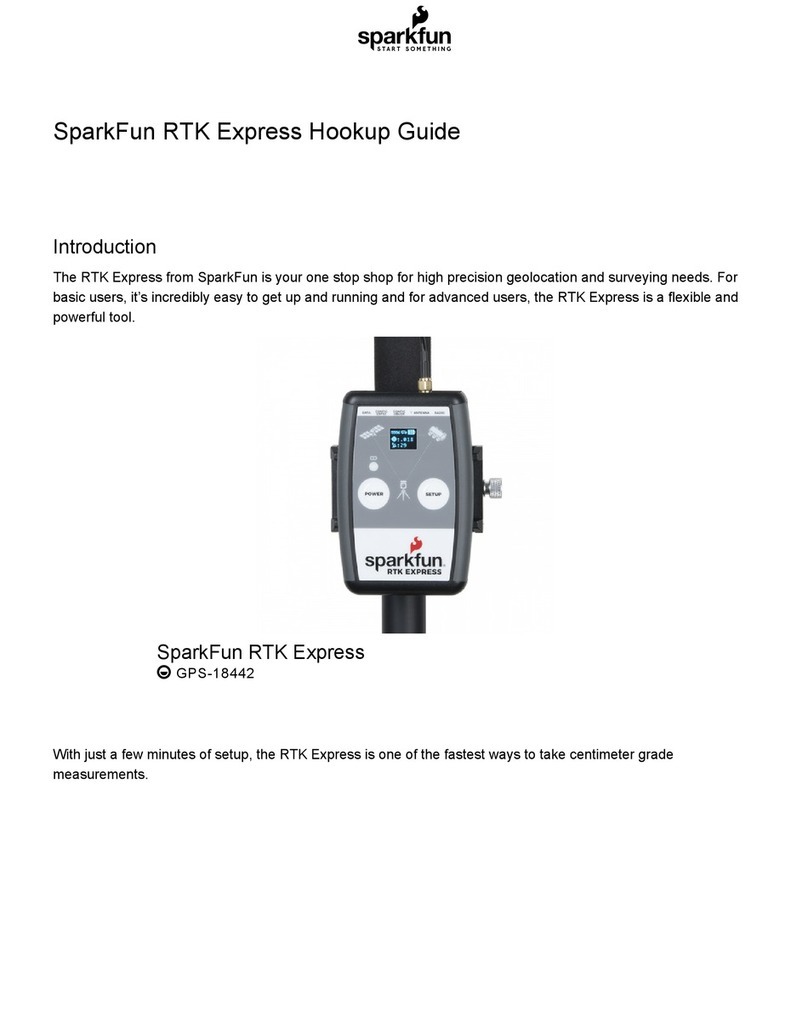
sparkfun
sparkfun RTK Express Technical document
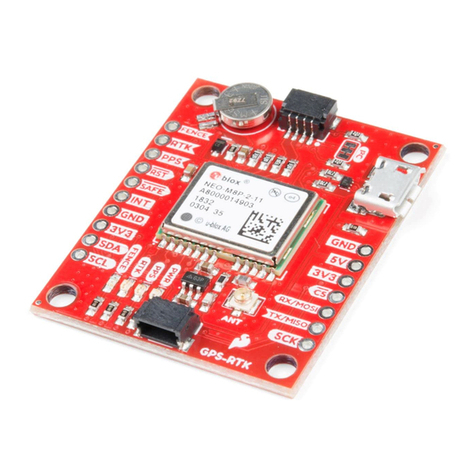
sparkfun
sparkfun NEO-M8P-2 Technical document
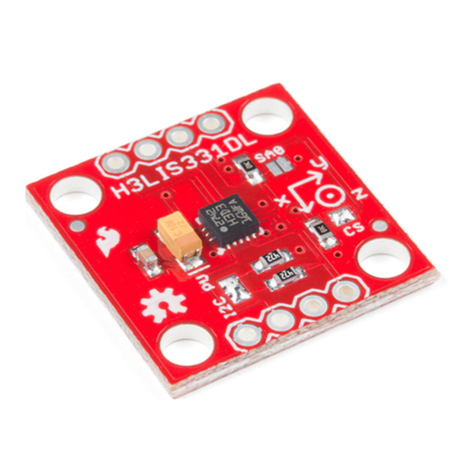
sparkfun
sparkfun H3LIS331DL User manual
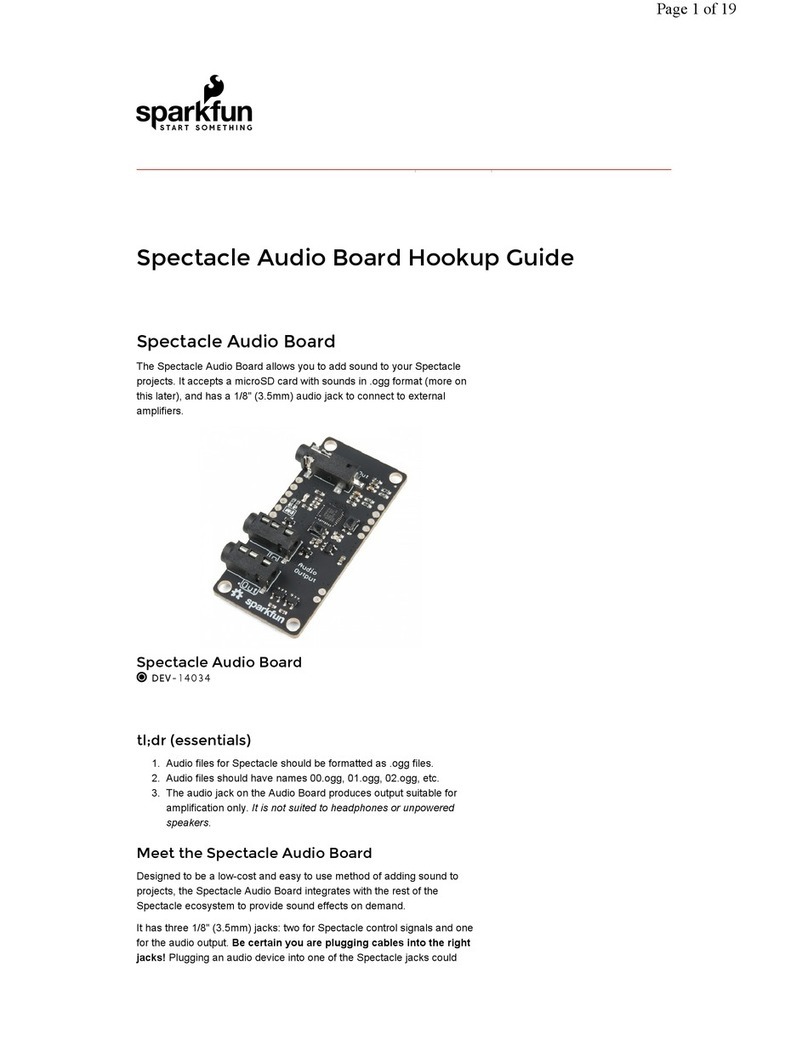
sparkfun
sparkfun DEV-14034 Technical document
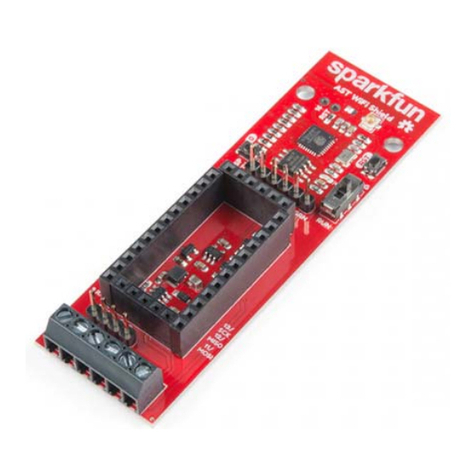
sparkfun
sparkfun AST-CAN485 Technical document
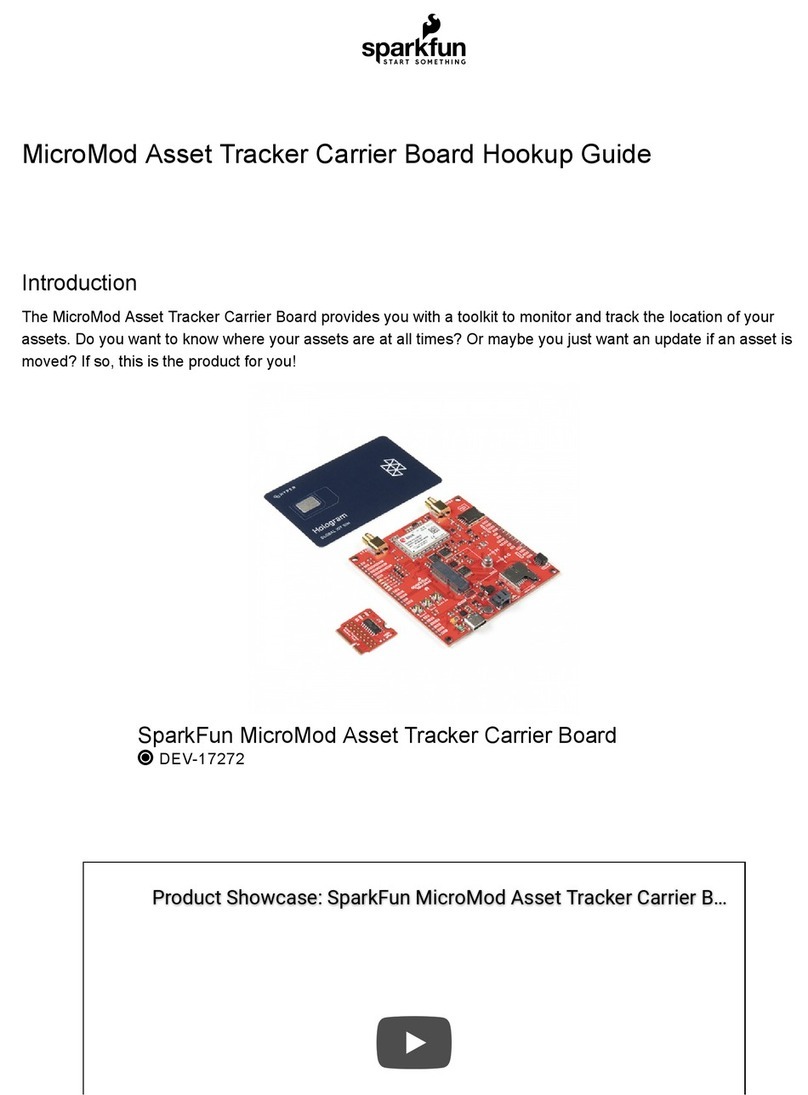
sparkfun
sparkfun DEV-17272 Technical document

sparkfun
sparkfun WIG-13660 User manual
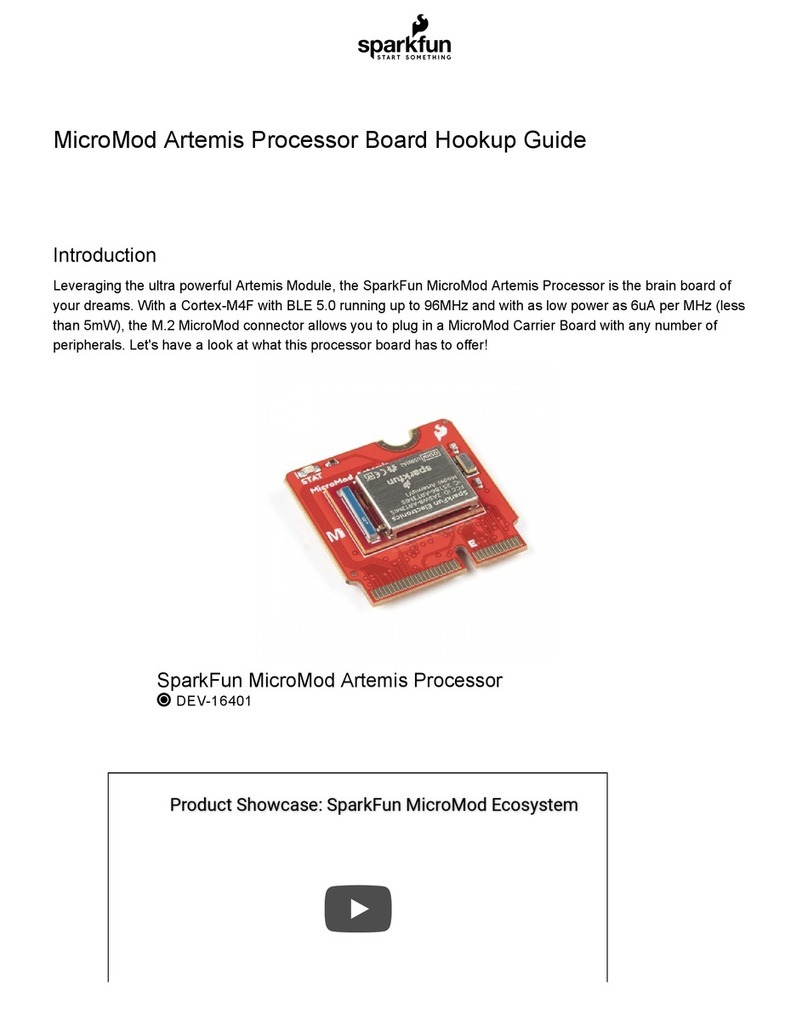
sparkfun
sparkfun MicroMod Artemis Processor User manual
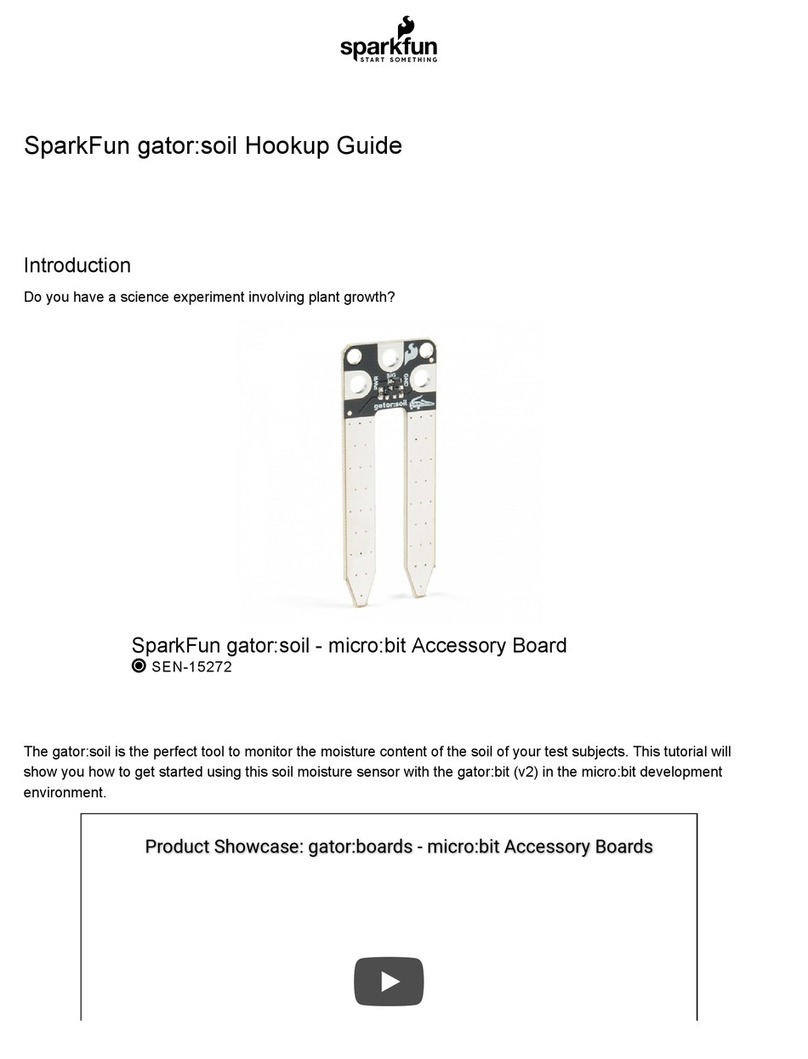
sparkfun
sparkfun Gator:soil Technical document
